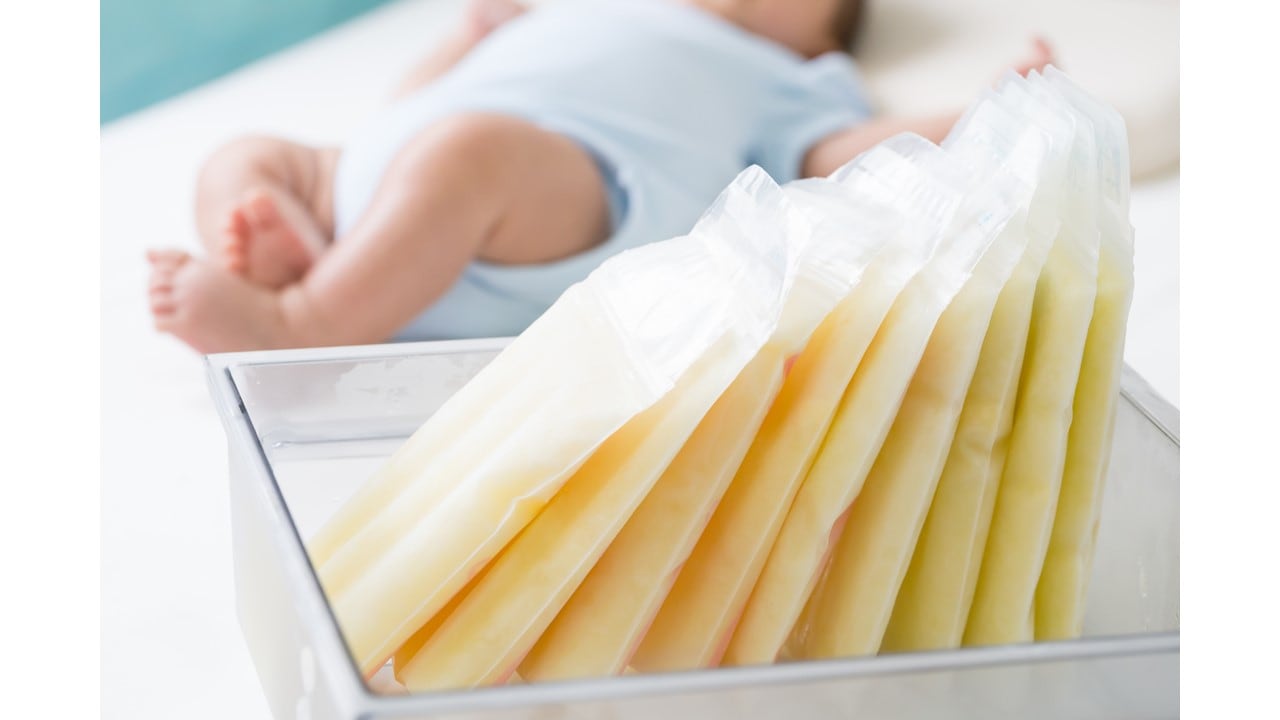

Articles
How To Use Storage Bags For Breast Milk
Modified: March 20, 2024
Discover the convenient ways to use kitchen storage bags for breast milk. Organize and store breast milk effortlessly with our helpful tips and tricks.
(Many of the links in this article redirect to a specific reviewed product. Your purchase of these products through affiliate links helps to generate commission for Storables.com, at no extra cost. Learn more)
Introduction
Welcome to our guide on how to properly use storage bags for breast milk. As a breastfeeding mother, you already know the countless benefits of providing your baby with the liquid gold that is breast milk. However, it’s not always possible to be there for every feeding, whether you’re returning to work or just need a break. That’s where storage bags come in handy, allowing you to safely store and preserve breast milk for future use.
In this article, we will explore the advantages of using storage bags for breast milk, how to choose the right ones, and the step-by-step process of preparing, expressing, collecting, storing, thawing, and using frozen breast milk. Additionally, we will provide you with some helpful tips for organizing and maintaining your storage bags, as well as ensuring your baby’s safety and well-being.
By utilizing storage bags, you can extend the lifespan of your breast milk while maintaining its nutritional value. Whether you’re a first-time mom or an experienced one, understanding the ins and outs of using storage bags will provide you with the confidence and knowledge to navigate this essential part of your breastfeeding journey.
So let’s dive in and discover the world of storage bags for breast milk, and how they can make your life as a breastfeeding mom a little easier and more convenient.
Key Takeaways:
- Using storage bags for breast milk offers space-saving, hygienic, and cost-effective benefits. Proper preparation, storage, and thawing ensure the nutritional value and safety of the stored breast milk for your baby’s nourishment.
- Choosing the right storage bags, organizing, and maintaining them is crucial for a hassle-free breastfeeding journey. Implementing efficient storage systems and proper cleaning practices ensures the freshness and quality of the stored breast milk.
Read more: How To Store Breast Milk In Diaper Bag
Benefits of Using Storage Bags for Breast Milk
When it comes to breastfeeding, convenience and flexibility are key. That’s where storage bags for breast milk come in. Here are some of the benefits of using these bags:
- Space-saving: Unlike bulky bottles, storage bags take up minimal space in your freezer or refrigerator. This makes them a great option for moms with limited storage space.
- Easy to store and organize: Storage bags can be stored flat, making them easy to stack, label, and organize based on the date and quantity of milk. This ensures efficient use of space and easy accessibility when needed.
- Hygienic: Storage bags are designed to be single-use, reducing the risk of contamination and ensuring that your baby receives clean and safe milk every time.
- Preserves nutrients: Breast milk contains essential nutrients and antibodies that provide numerous health benefits for your baby. Storage bags are designed to preserve these nutrients, keeping the milk as fresh and nutritious as possible until it’s time to use it.
- Convenient for on-the-go: If you’re planning to be away from your baby for a few hours or more, storage bags allow you to conveniently transport breast milk without the need for bulky bottles. They are lightweight and can easily fit into your bag or cooler, ensuring your little one always has access to nourishing breast milk.
- Easy to thaw and use: Storage bags are designed to be freezer-safe and can be quickly thawed when needed. They often come with easy-to-read measurements and a convenient pour spout, making it simple to transfer the milk to a bottle for feeding.
- Cost-effective: Compared to purchasing an extensive collection of bottles, storage bags are a more affordable option. They are often sold in bulk, providing you with a sufficient supply to meet your baby’s needs.
- Less risk of waste: With storage bags, you can portion your breast milk based on your baby’s feeding needs. This reduces the chances of wasting unused milk and ensures that you always have the right amount on hand.
With these benefits in mind, it’s clear that using storage bags for breast milk is a practical and efficient way to store, preserve, and provide your baby with the nourishment they need, even when you can’t be there to breastfeed.
Choosing the Right Storage Bags
When it comes to selecting the right storage bags for your breast milk, there are a few key factors to consider:
- Safety: Ensure that the storage bags you choose are made from food-grade, BPA-free materials. Look for bags that are specifically designed for breast milk storage, as they will be free from harmful chemicals and safe for your baby.
- Leak-proof: Leaks can be a frustrating and messy experience, so opt for storage bags that have a strong seal to prevent any leaks or spills. Look for bags with double zip closures or reinforced seams to provide added security.
- Size: Storage bags come in various sizes, so consider your feeding routine and milk production when choosing. Smaller bags are great for smaller quantities or on-the-go use, while larger bags are ideal if you regularly express larger volumes of breast milk.
- Measurement markings: Look for storage bags that have clear and accurate measurement markings. This will allow you to easily track the quantity of milk stored and ensure accurate feeding portions for your baby.
- Freezer-safe: Ensure that the storage bags you choose are specifically labeled as freezer-safe. Freezer-safe bags are designed to withstand low temperatures without compromising the quality of your breast milk. This is crucial for long-term storage.
- Ease of use: Choose storage bags that are easy to fill, seal, and pour. Bags with a wide opening make it simpler to transfer the milk from the breast pump or bottle, while bags with a pour spout allow for mess-free pouring into your baby’s bottle when it’s time to use the milk.
- Brand reputation and customer reviews: Take the time to research and read customer reviews of different storage bag brands. Look out for brands that consistently receive positive feedback regarding their quality, durability, and overall performance.
By considering these factors, you can select storage bags that are not only safe and reliable but also meet your specific needs and preferences. Remember, choosing the right storage bags will contribute to a smooth and hassle-free breastfeeding journey for both you and your baby.
Preparing the Storage Bags
Before you start using storage bags for your breast milk, it’s important to ensure that they are properly prepared. Follow these steps to prepare the bags:
- Wash your hands: Always begin by thoroughly washing your hands with soap and water. This step helps maintain cleanliness and prevents any potential contamination.
- Ensure the bags are clean: Check that the storage bags are clean and free from any dirt or residue. If necessary, give them a quick rinse using warm water to remove any dust particles.
- Label the bags: Using a waterproof pen or label, clearly write the date and time of expressing on each bag. This will help you keep track of the freshness of the milk and ensure you use it in the correct order.
- Sterilize the storage area: If you’re using the bags for the first time or after a period of non-use, make sure to sterilize the area where you plan to store the bags. Clean and disinfect the storage container or drawer to maintain a sanitary environment for your breast milk.
- Open the bag: Open the storage bag carefully, making sure not to touch the inside of the bag or the seal. This helps minimize the risk of contamination.
- Expand the bottom: Gently separate the bottom of the bag to create a stable base. This will make it easier to pour and store the milk without tipping over or spilling.
- Set up a filling station: Create a clean and organized area to fill the bags with breast milk. This can be a clean countertop or a designated space specifically for handling breast milk. Keep all necessary supplies nearby, including your breast pump, bottles, and any additional accessories.
- Ensure proper storage conditions: Remember to store the storage bags in a cool, dry place away from direct sunlight and extreme temperatures. Follow the manufacturer’s instructions for the recommended storage conditions.
By properly preparing the storage bags before use, you ensure that your breast milk is stored in a clean and safe manner, ready to provide essential nutrition for your baby. Taking extra care during the preparation process contributes to the overall quality and freshness of the stored breast milk.
Expressing and Collecting Breast Milk
Expressing and collecting breast milk is a key step in the process of storing it in storage bags. Follow these steps to ensure proper expression and collection:
- Wash your hands: As always, start by washing your hands thoroughly with soap and water to maintain hygiene.
- Choose a comfortable position: Find a comfortable and relaxing position in which to express your breast milk. This could be sitting upright or leaning slightly forward.
- Massage your breasts: Begin by gently massaging your breasts using a circular motion. This helps stimulate let-down and encourages the flow of milk.
- Use a breast pump: If you’re using a breast pump to express milk, ensure that it is clean and assembled correctly. Follow the manufacturer’s instructions for using the pump effectively.
- Express and collect milk: Position the breast pump flange over your breast, ensuring a good seal. Turn on the pump and adjust the suction level to a comfortable but effective setting. Allow the milk to flow steadily into the collection container or bottle connected to the pump.
- Switch sides: After some time, you may need to switch to the other breast. Continue the process of massaging, pumping, and collecting milk on the other breast. Remember to label the bags accordingly if you choose to store milk from different sides separately.
- Use manual expression: If you prefer or if you don’t have a breast pump, you can also manually express milk. Use your hand to gently compress your breast, working from the outer edges of the breast towards the nipple. Collect the milk in a clean container or bottle.
- Store the milk promptly: Once you have expressed and collected the breast milk, transfer it to the prepared storage bags. Use a funnel if necessary to avoid spills and ensure accuracy in filling the bags. Seal the bags tightly to prevent any leaks or contamination.
- Label and date the bags: As mentioned previously, label each bag with the date and time of expressing to maintain proper rotation and ensure the freshness of the milk.
- Refrigerate or freeze the bags: If you plan to use the breast milk within a few days, store the bags in the refrigerator. If you intend to keep it for a longer period, place the bags in the freezer. Make sure to place the bags towards the back of the refrigerator or freezer to maintain a consistent temperature.
By following these steps, you can effectively express and collect breast milk, ready to be stored in your chosen storage bags. Remember to clean your breast pump and any other equipment thoroughly after each use to maintain hygiene and prevent potential contamination.
When using storage bags for breast milk, be sure to label each bag with the date and time of expression. Lay the bags flat in the freezer to save space and allow for easier thawing. Always follow proper storage guidelines for breast milk.
Read more: How To Store Breast Milk In Bags
Storing Breast Milk in Storage Bags
Once you have collected your breast milk and prepared the storage bags, it’s time to properly store the milk to maintain its quality and freshness. Follow these steps to ensure the safe and effective storage of breast milk:
- Label the bags: Before pouring the milk into the storage bags, double-check that each bag is labeled with the date and time of expressing. This helps you keep track of the age of the milk and ensures that you use it in the correct order.
- Pour the milk into the bags: Open a storage bag, being careful not to touch the inside of the bag or the seal. With a steady hand, pour the expressed breast milk into the bag, filling it to the desired amount. Be sure not to overfill the bag, as the milk expands when frozen.
- Remove excess air: Gently press out any excess air from the bag before sealing it. This helps prevent freezer burn and maintains the freshness of the milk.
- Seal the bags tightly: Make sure to seal the storage bags tightly to prevent any leaks or spills. Use the provided zip closure or follow the manufacturer’s instructions for a secure seal. Double-check that the bag is sealed properly before storing it.
- Consider portion sizes: If you anticipate using different portion sizes for feeding, consider filling the bags with smaller volumes of breast milk. This allows for easier thawing and avoids wasting unused milk.
- Date and organize the bags: Arrange the storage bags in chronological order, placing the older bags in the front and the newer ones towards the back. This ensures that you can use the breast milk in the correct order and helps you keep track of the freshness of each bag.
- Store in appropriate conditions: For short-term storage (up to 72 hours), place the storage bags in the refrigerator, preferably towards the back to maintain a consistent temperature. For long-term storage, place the bags in the freezer. Store them away from the freezer door to minimize temperature fluctuations.
- Avoid overcrowding: To ensure proper freezing and thawing, avoid overcrowding the freezer. Leave enough space between the storage bags to allow for proper air circulation and to prevent bags from sticking together.
- Regularly check for storage conditions: Keep an eye on the refrigerator and freezer temperatures to ensure they are maintaining the optimal range for storing breast milk; 32-39°F (0-4°C) for the refrigerator and 0°F (-18°C) or below for the freezer. Regularly clean and defrost your freezer to maintain its efficiency.
Following these steps will help ensure that your breast milk is stored safely and maintains its quality until it is ready to be used. Remember to regularly check the storage bags for any signs of damage or leaks, and discard any bags that show signs of compromised integrity.
Thawing and Using Frozen Breast Milk
When it’s time to use your frozen breast milk, proper thawing is crucial to preserve its nutrients and ensure its safety for your baby. Follow these steps to thaw and use frozen breast milk:
- Plan ahead: Take into consideration how much breast milk you will need for each feeding and plan accordingly. Remove the desired number of storage bags from the freezer and place them in the refrigerator a day before you intend to use them.
- Thaw in the refrigerator: Thawing breast milk in the refrigerator is the safest method, as it allows for a slow and controlled thawing process. Place the storage bag upright in a clean container or bowl to catch any potential leaks. Leave it in the refrigerator for 12-24 hours, or until completely thawed.
- Alternative method: If you need to use the breast milk sooner, you can opt for a quicker thawing method. Fill a clean container or bowl with warm water (not boiling) and place the sealed storage bag in the water. Make sure the bag is fully submerged, and gently swirl or stir the water occasionally. Check the temperature of the milk by testing a few drops on the inside of your wrist before feeding it to your baby.
- Avoid using hot water or microwaving: It is important to avoid using hot water or microwaving the breast milk to thaw it, as this can result in uneven heating and loss of essential nutrients. Microwaving can also create hot spots that may burn your baby’s mouth.
- Gently swirl or mix: Once the breast milk is thawed, gently swirl or mix it in the storage bag to redistribute the fat, which may have separated during freezing. Avoid shaking vigorously, as this can damage the delicate properties of breast milk.
- Check for freshness: Before using the thawed breast milk, inspect its color and smell. Fresh breast milk may have a slightly sweet or soapy smell, while spoiled milk may have a sour or off smell. If the milk appears clumpy or has an unusual color, discard it and do not feed it to your baby.
- Use within 24 hours: Once thawed, it is recommended to use the breast milk within 24 hours. Avoid refreezing previously frozen breast milk, as it can lead to a loss of nutrients and compromise its overall quality.
- Feeding the thawed breast milk: Pour the thawed breast milk into a clean, sterilized bottle. You can warm the milk by placing the bottle in warm water for a few minutes, but avoid heating it directly on a stove or in the microwave. Test the temperature of the milk by placing a few drops on the inside of your wrist before feeding it to your baby.
- Discard unfinished milk: If your baby does not finish a bottle of thawed breast milk, discard any remaining milk within one to two hours after the feeding to ensure freshness and avoid the risk of contamination.
By following these guidelines, you can safely and effectively thaw your frozen breast milk, providing your baby with the nourishment they need while maintaining its quality. Remember to always prioritize your baby’s safety and check the quality of the thawed breast milk before feeding it to your little one.
Tips for Organizing and Using Storage Bags
Organizing and using storage bags for your breast milk can make the process more efficient and convenient. Consider these helpful tips to stay organized and make the most out of your storage bags:
- Use a storage system: Invest in a storage system specifically designed for storing breast milk bags. These systems often come with dividers or racks that can help you keep the bags upright, organized, and easily accessible.
- Label the bags clearly: Clearly label each storage bag with the date and time of expressing. This allows you to rotate the milk and use the oldest bags first to maintain freshness.
- Consider storing in small quantities: Storing breast milk in smaller quantities can be beneficial, especially if your baby has smaller feedings or if you plan to mix breast milk with other foods. It allows for less waste and easier thawing of specific portions.
- Utilize a system of storage: Establish a system for storing the breast milk bags based on their expiration dates. You can create different sections or labeled compartments in your freezer or refrigerator to easily identify and access the milk that needs to be used first.
- Use freezer-safe bins or boxes: Place the labeled bags in freezer-safe containers, bins, or boxes. This helps keep them organized and prevents them from getting lost or damaged in the freezer.
- Keep an inventory: Keep track of the number of bags you have in storage and their expiration dates by maintaining an inventory list. This way, you can easily monitor your milk supply and ensure that you use the oldest milk first.
- Keep spare bags on hand: Always have a few spare storage bags available in case you unexpectedly need to store more breast milk or if a bag gets damaged or leaks.
- Thaw and use oldest milk first: When it’s time to use the stored breast milk, prioritize using the oldest bags first. This ensures that none of the milk goes to waste and helps maintain a well-organized rotation system.
- Thaw only what you need: Thawing only the amount of breast milk you need for each feeding can help minimize waste and preserve the quality of the remaining frozen milk.
- Keep storage bags upright: When freezing or storing breast milk bags, try to keep them stored upright whenever possible. This allows for efficient space utilization and helps prevent leaks or spills.
- Regularly clean and defrost your freezer: It’s essential to keep your freezer clean and free of ice buildup. Regular cleaning and defrosting ensure proper storage conditions for your breast milk bags and maintain their quality.
By implementing these tips, you can stay organized, easily manage your breast milk storage, and make the process of using your storage bags more streamlined and efficient. Remember to always prioritize proper hygiene and labeling to ensure your baby receives fresh and safe breast milk.
Cleaning and Maintaining Storage Bags
Proper cleaning and maintenance of storage bags for breast milk is essential to ensure the safety and freshness of the milk. Follow these guidelines to effectively clean and maintain your storage bags:
- Empty and rinse immediately: After using a storage bag, empty any remaining breast milk into a bottle or discard it if unused. Rinse the bag with cold water to remove any residue.
- Wash with warm, soapy water: Thoroughly wash the storage bag with warm, soapy water. Use a gentle dish soap that is free of fragrances and dyes. Pay close attention to cleaning the corners and seams of the bag.
- Avoid scrubbing: Avoid scrubbing the inside of the storage bag with abrasive sponges or brushes, as this can cause damage to the bag’s material. Instead, gently rotate and squeeze the bag to ensure a thorough wash.
- Rinse well: Rinse the storage bag thoroughly with clean, running water to remove any soap residue. Ensure all soap is completely washed away to prevent any potential contamination of future breast milk.
- Air-dry the bags: Allow the storage bags to air-dry completely before reusing or storing them. Set them upright in a clean area, or hang them over a bottle rack or clothesline to ensure proper drying.
- Store in a clean, dry place: Once the storage bags are completely dry, store them in a clean and dry area. Avoid storing them in locations where they may come into contact with dirt, dust, or other potential contaminants.
- Inspect for damage: Regularly inspect your storage bags for any signs of wear, tear, or damage. Discard any bags that have visible leaks, holes, or compromised seals, as they may not provide a secure and safe storage environment for breast milk.
- Discard bags with milk residue: If you find any storage bags with stubborn milk residue that cannot be completely cleaned, it is best to discard them. Proper cleaning is essential to maintain the freshness and quality of the breast milk.
- Regularly replace old bags: Over time, storage bags may degrade or become less durable. It is advisable to regularly replace older bags with new ones to ensure the best quality and safety for your stored breast milk.
- Follow manufacturer recommendations: Always follow the instructions and recommendations provided by the storage bag manufacturer for cleaning and maintenance. Different brands may have specific guidelines that should be followed to maintain the integrity of the bags.
By following these cleaning and maintenance practices, you can ensure that your storage bags remain clean, safe, and ready for storing your precious breast milk. Proper care and maintenance are crucial to preserve the quality and freshness of the milk, providing the best nutrition for your baby.
Read also: 15 Best Breast Milk Storage Bags For 2024
Conclusion
Using storage bags for breast milk can be a game-changer for breastfeeding moms, providing convenience, organization, and the ability to safely store and preserve the valuable liquid gold that is breast milk.
In this guide, we have discussed the benefits of using storage bags, including their space-saving design, hygienic properties, ability to preserve nutrients, and convenience for on-the-go feeding. We also covered the important factors to consider when choosing storage bags, such as safety, leak-proof seals, proper sizing, and freezer compatibility.
We explored the steps involved in preparing the storage bags, including washing your hands, ensuring cleanliness, labeling the bags, and creating a suitable storage area. We then delved into the process of expressing and collecting breast milk, emphasizing the importance of proper hand hygiene, comfortable positioning, and using breast pumps or manual expression techniques.
We also provided detailed information on storing breast milk in the storage bags, such as properly pouring and sealing the bags, organizing and labeling them, and maintaining appropriate storage conditions in the refrigerator or freezer.
Thawing and using frozen breast milk were key topics covered in this guide, emphasizing the significance of planning ahead, thawing in the refrigerator or using a warm water bath, gentle swirling or mixing, and checking for freshness before feeding your baby.
Additionally, we offered tips for organizing and utilizing storage bags effectively, including using a storage system, labeling bags clearly, storing in small quantities, and maintaining an inventory. We also emphasized the importance of cleaning and maintaining the storage bags, highlighting the proper cleaning process, air-drying, storage practices, and regular inspection and replacement of old or damaged bags.
In conclusion, storage bags for breast milk are a valuable tool for every breastfeeding mother. By following the guidelines and recommendations provided in this guide, you can ensure the safe storage, proper handling, and optimal use of breast milk for the well-being of your baby.
Remember, breastfeeding is not just about providing nourishment, but also a bond between mother and child. So embrace this journey, take care of yourself and your baby, and enjoy the beautiful and intimate experience of breastfeeding.
Frequently Asked Questions about How To Use Storage Bags For Breast Milk
Was this page helpful?
At Storables.com, we guarantee accurate and reliable information. Our content, validated by Expert Board Contributors, is crafted following stringent Editorial Policies. We're committed to providing you with well-researched, expert-backed insights for all your informational needs.
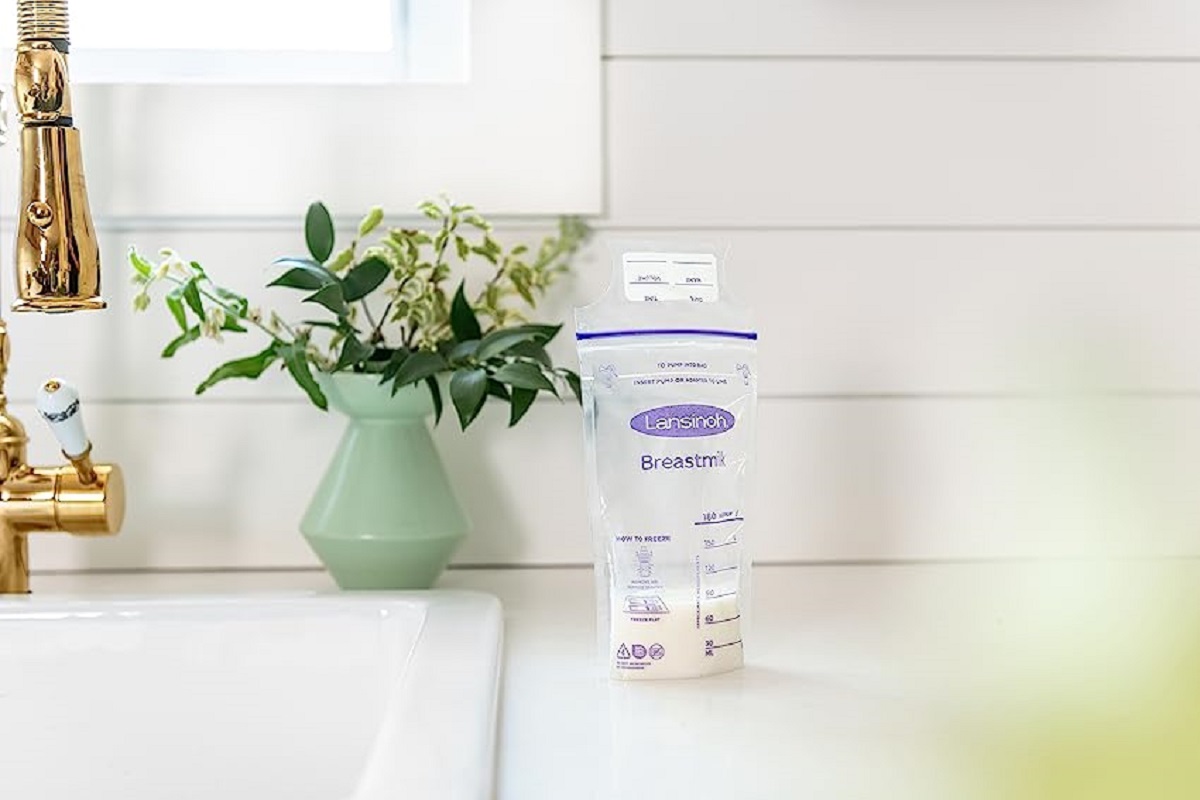
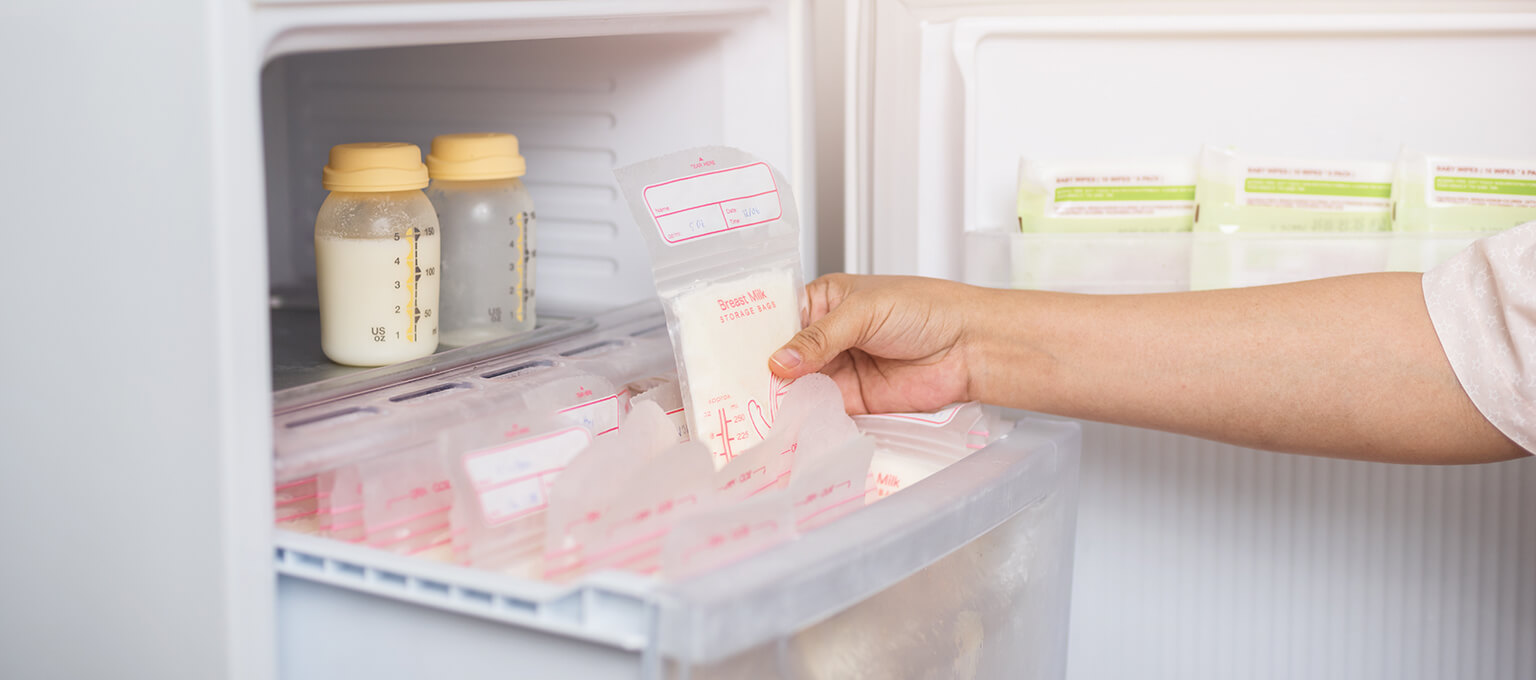
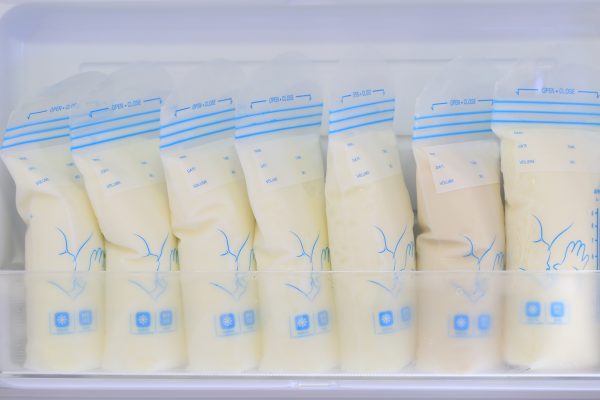
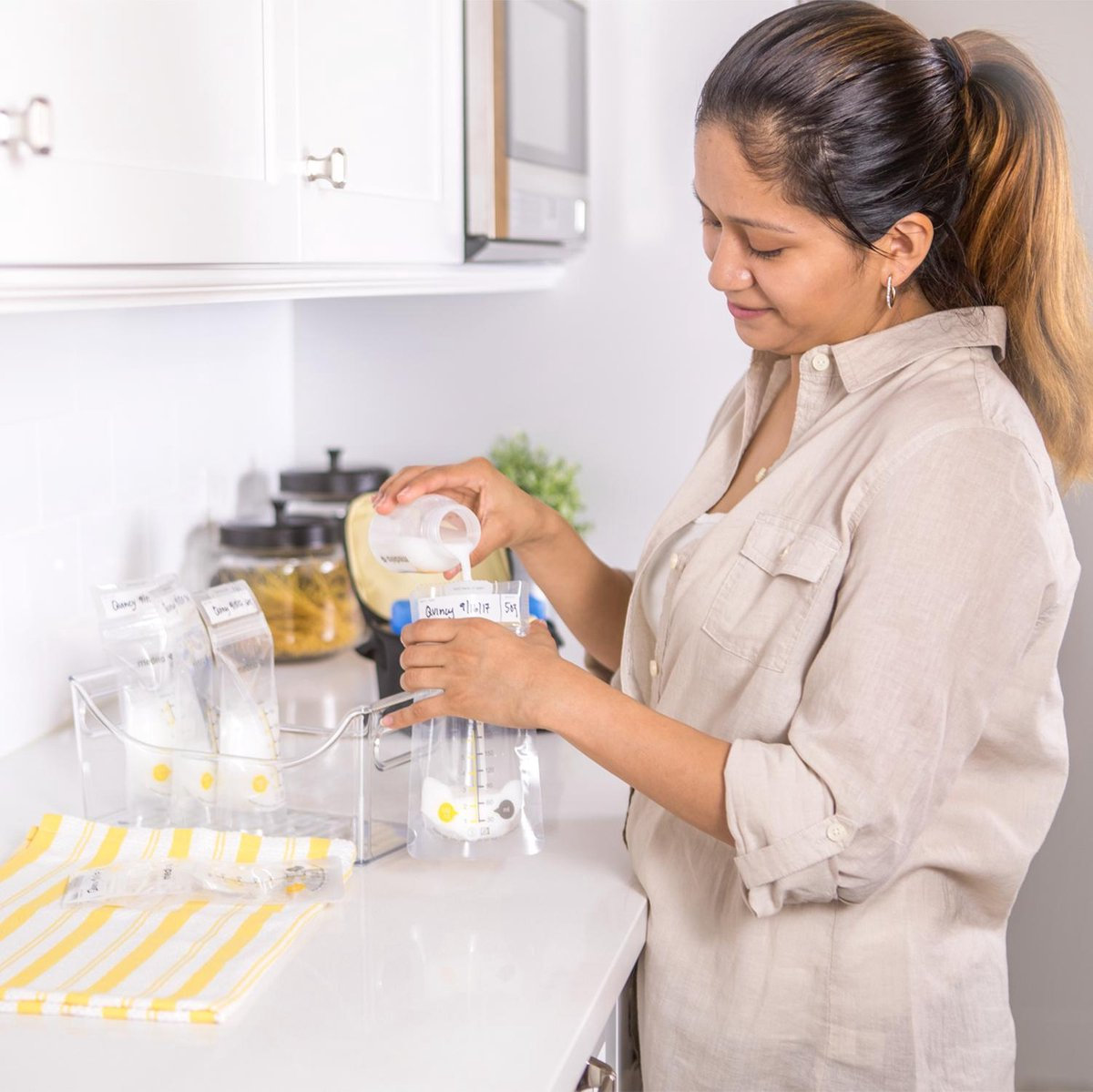
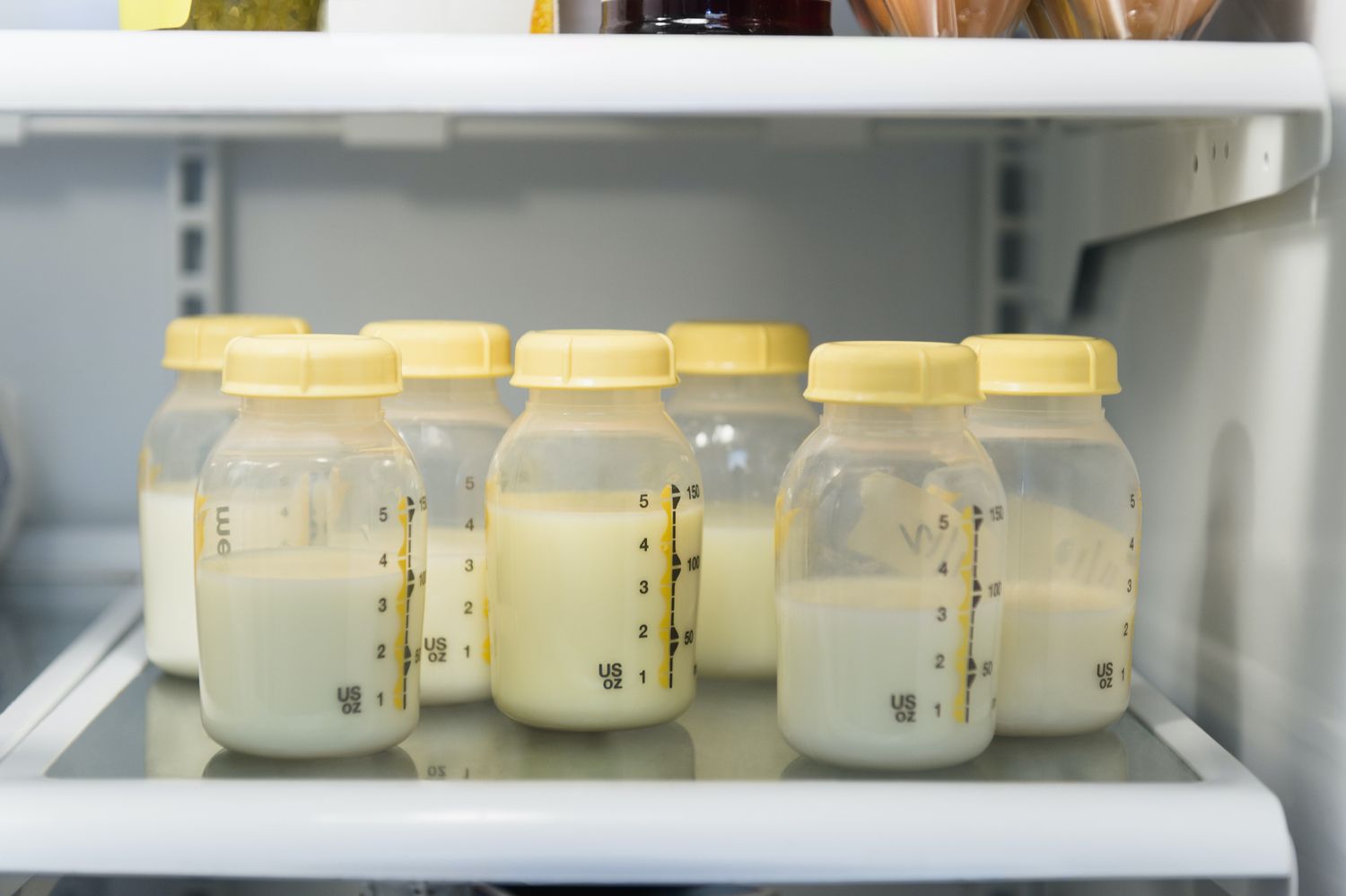
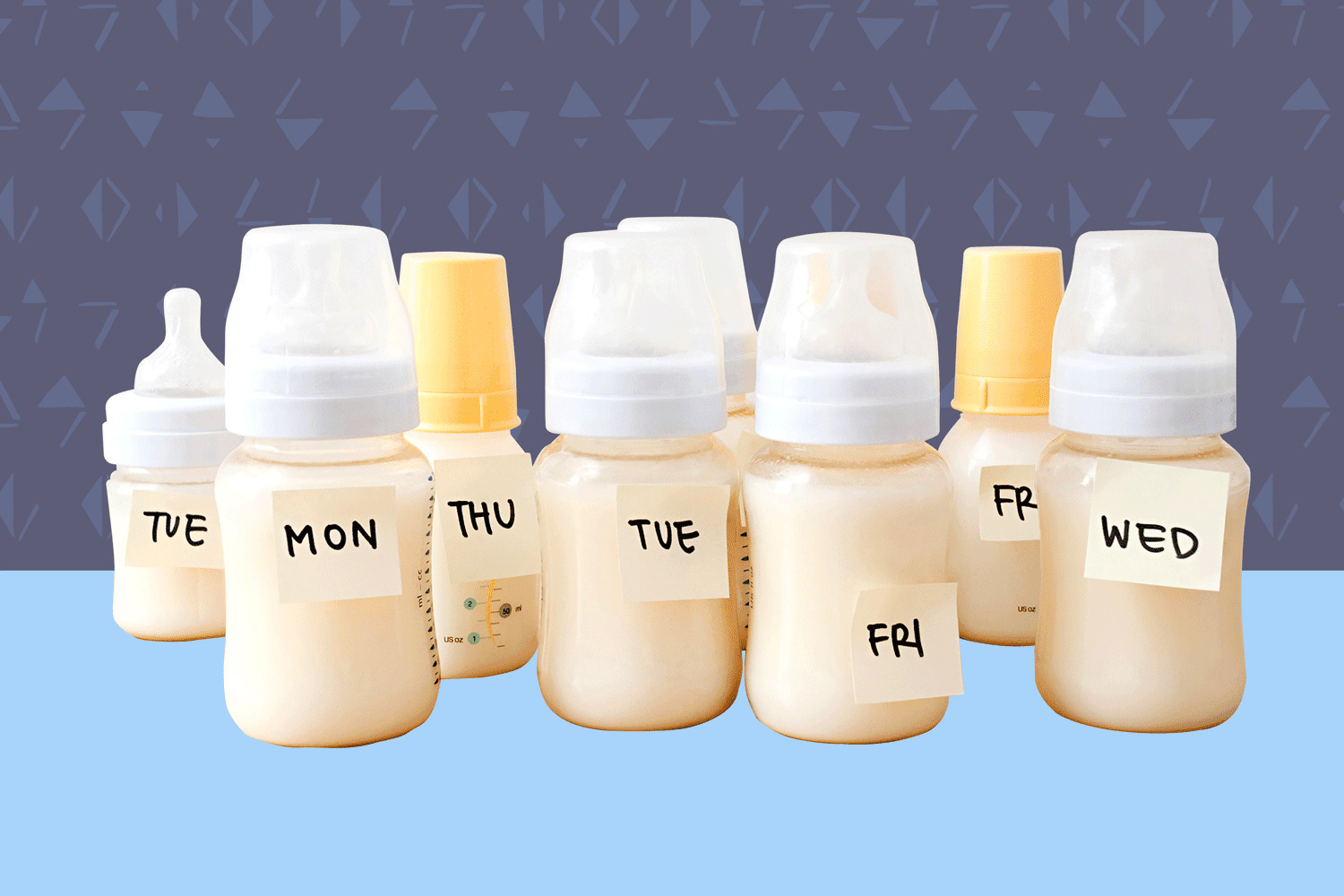

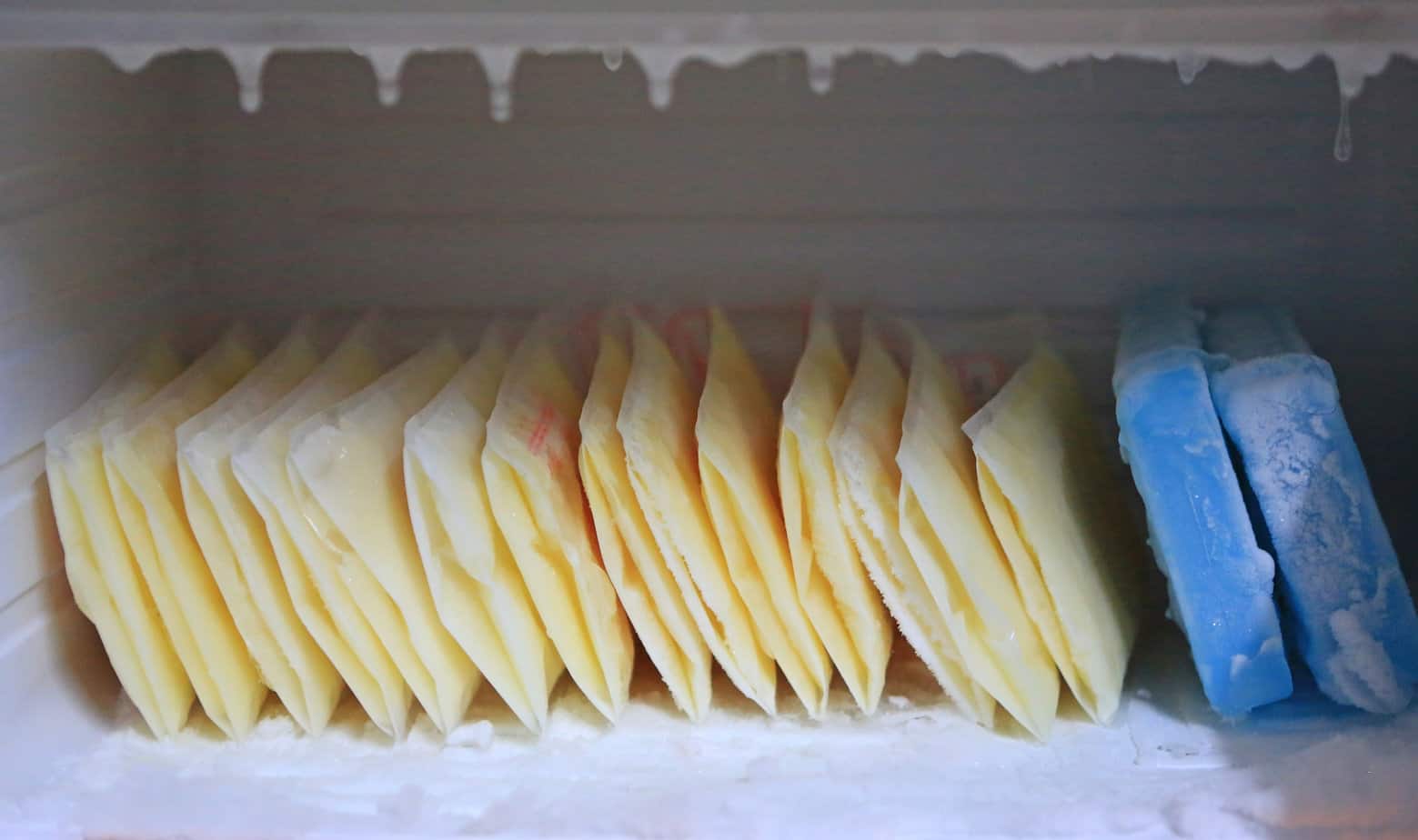
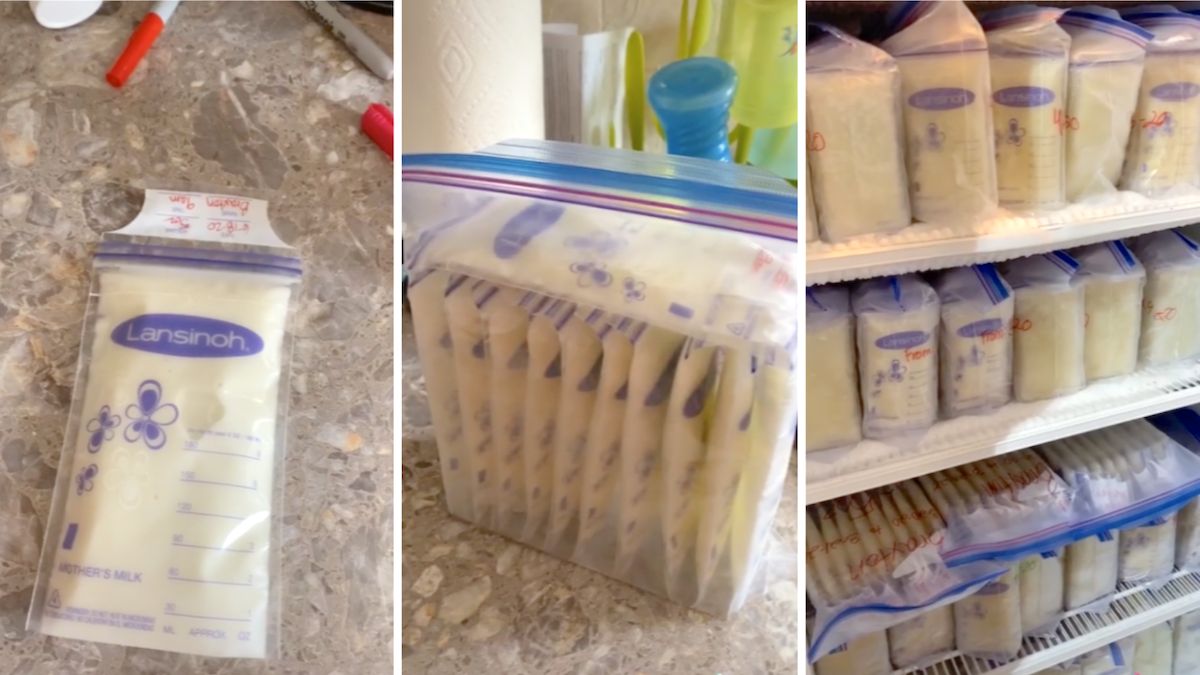

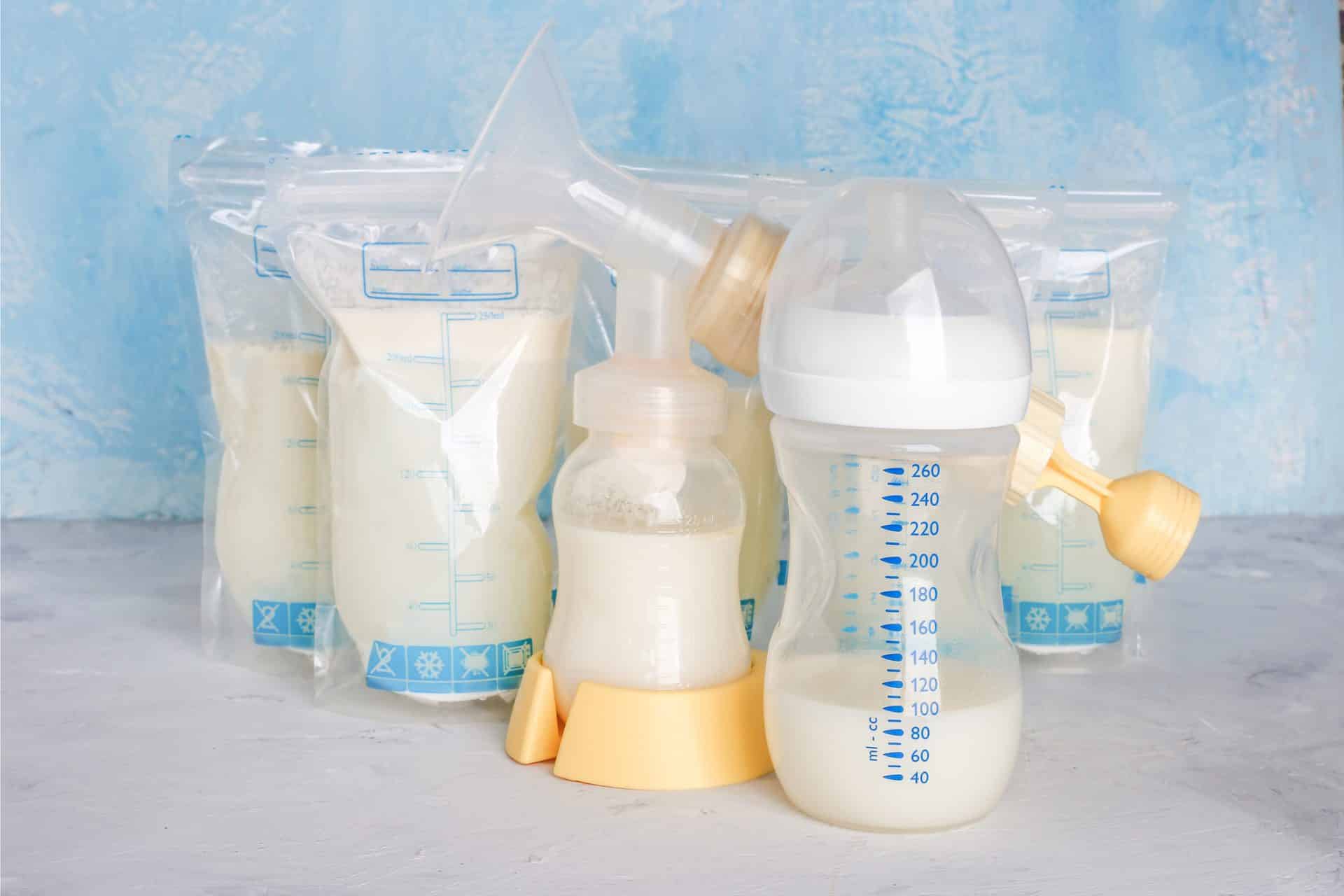
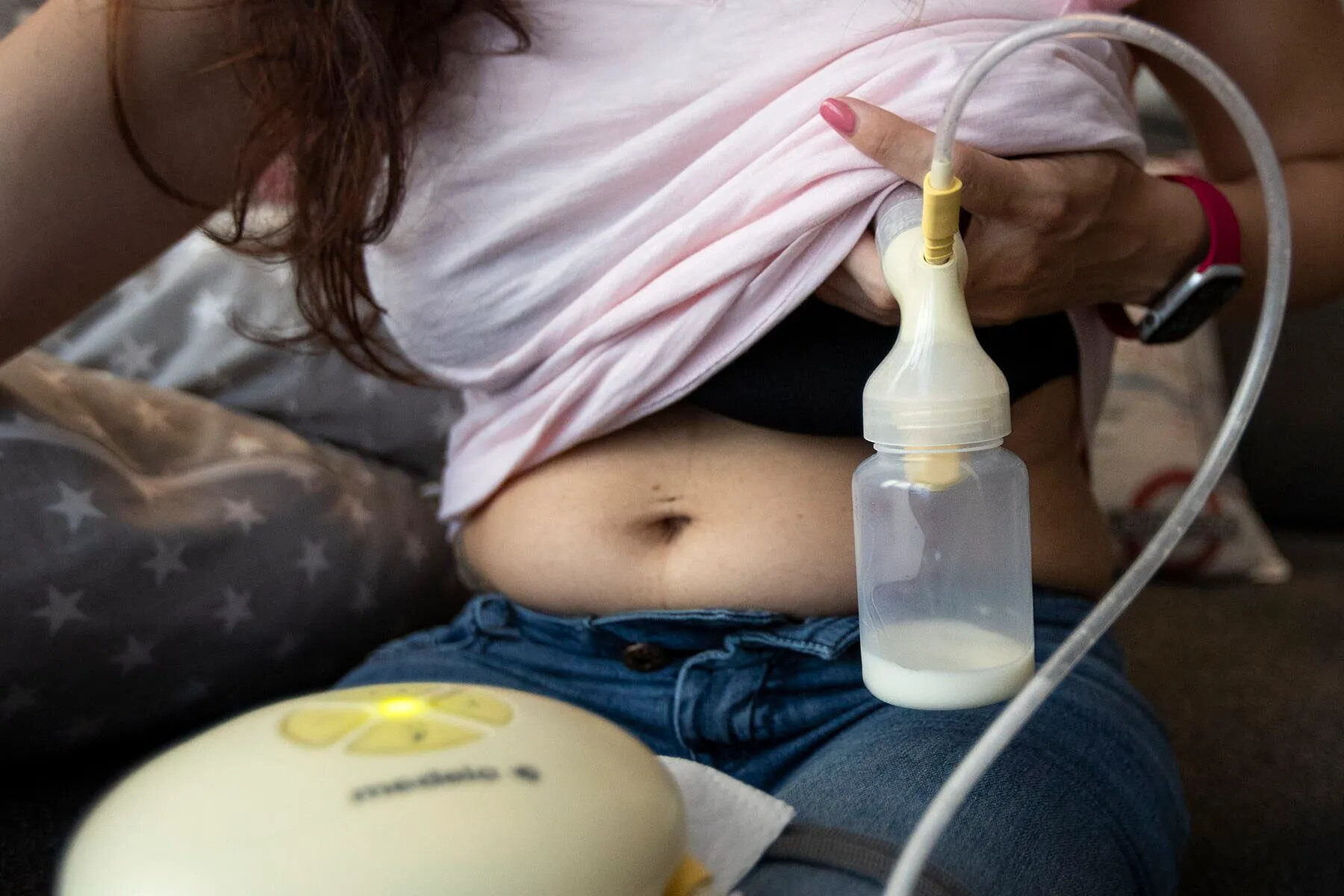
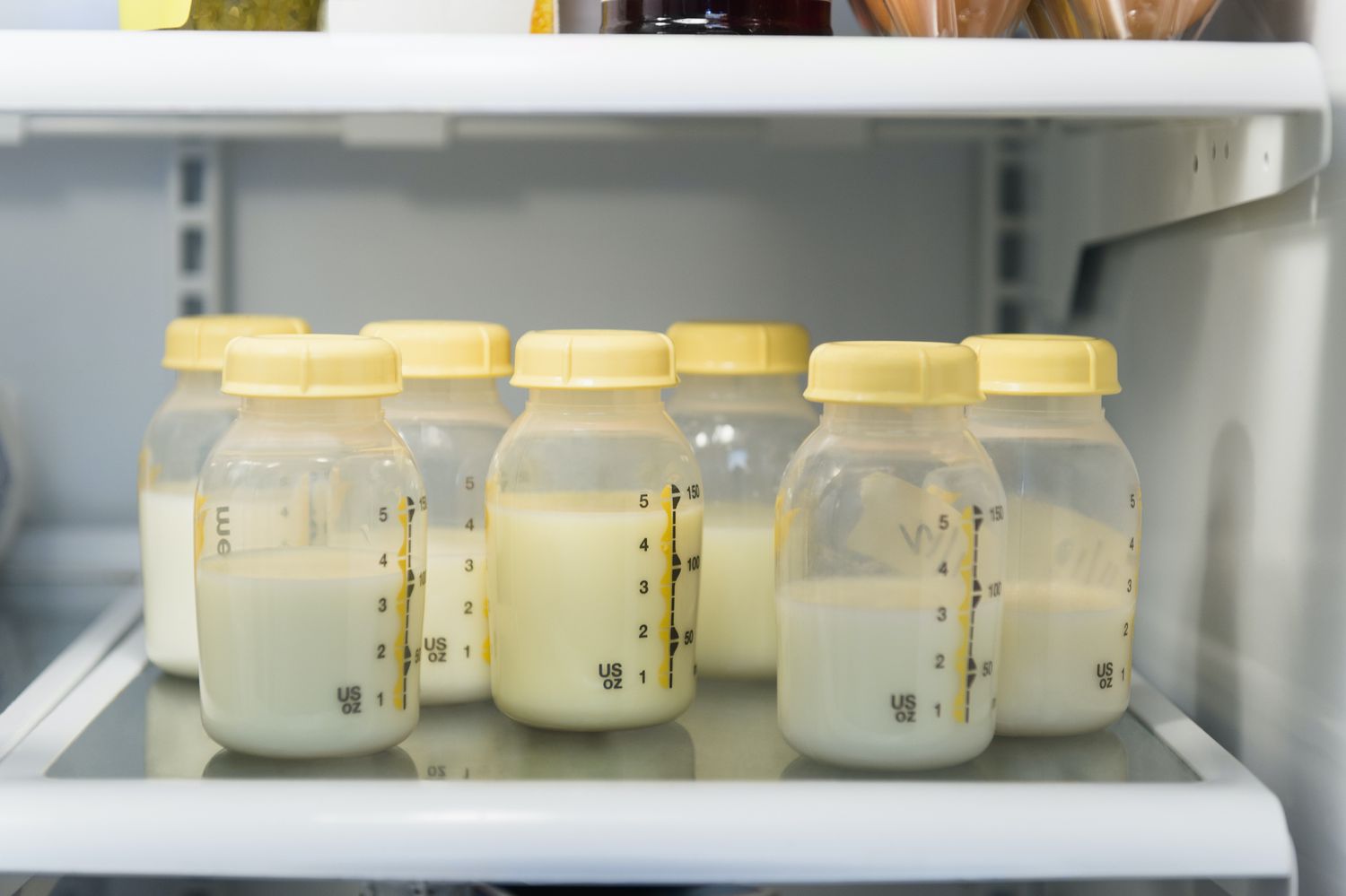

0 thoughts on “How To Use Storage Bags For Breast Milk”